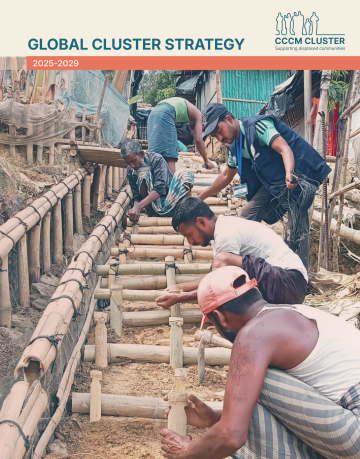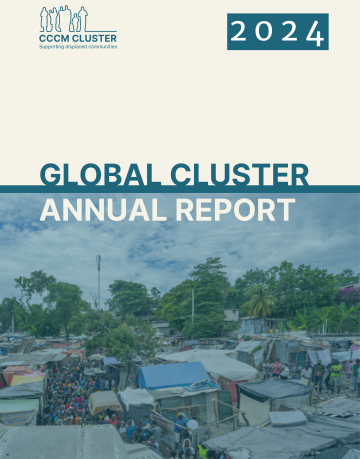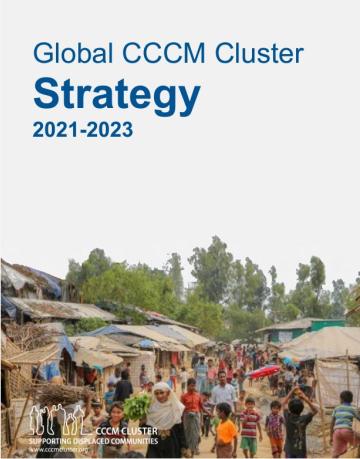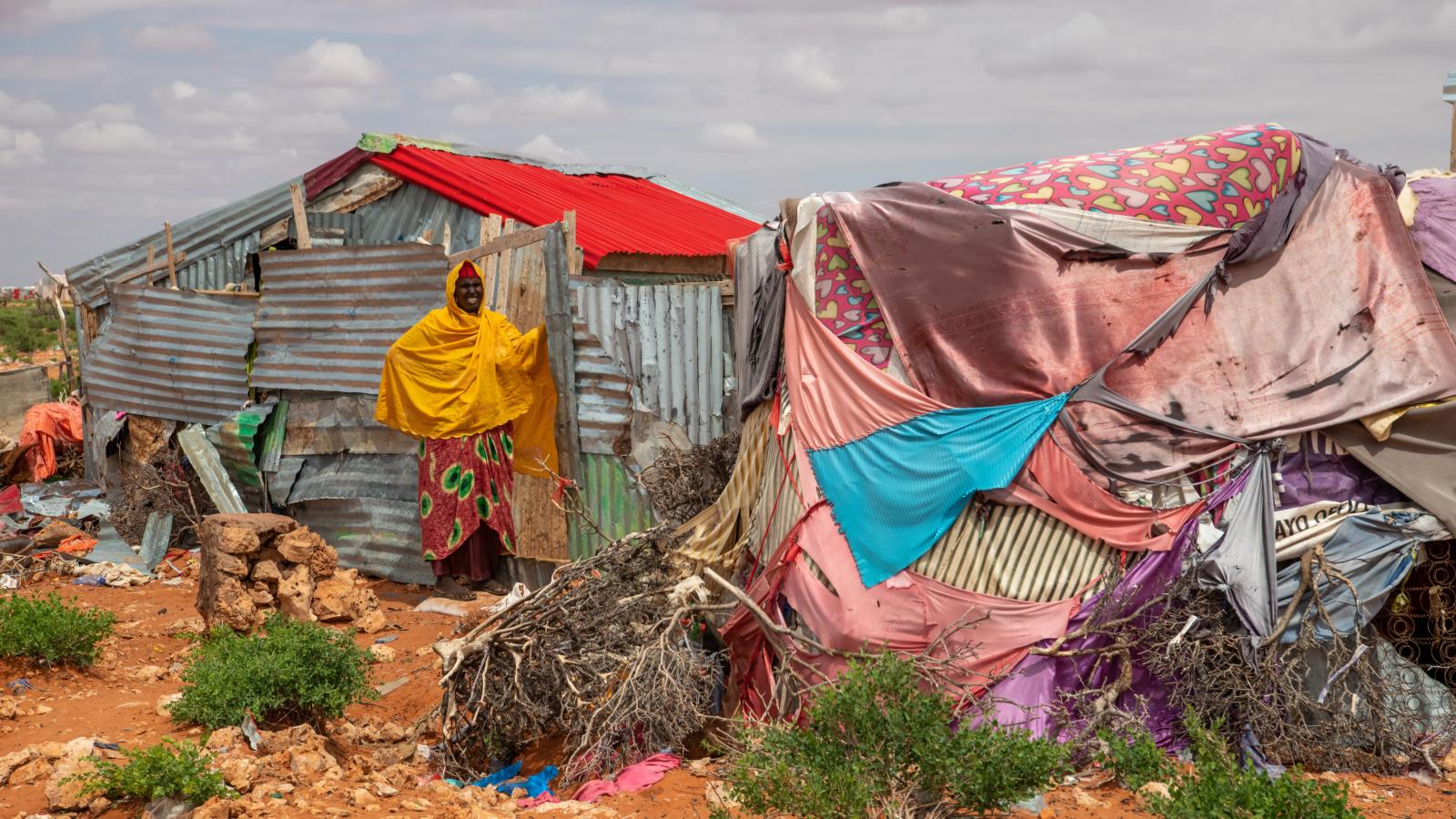Who We Are
The Global Camp Coordination and Camp Management (CCCM) Cluster is an Inter-Agency Standing Committee coordination mechanism that supports internally displaced persons (IDPs) to live in safe, dignified, and appropriate settings.
The Cluster also works with the affected population, communities, the local actors, and other humanitarian and development actors to identify, facilitate, and implement longer-term solutions for the Internally Displaced Persons - IDPs living in sites and informal setups.
Our Vision:
Communities affected by, or at risk of, displacement have their rights and dignity respected and access the assistance, information, protection, and solutions they require.
Our Mission:
The Cluster engages and empowers affected communities to access assistance and seek solutions to displacement. The Cluster works with all stakeholders to ensure effective and accountable service delivery and safe and dignified living environments.
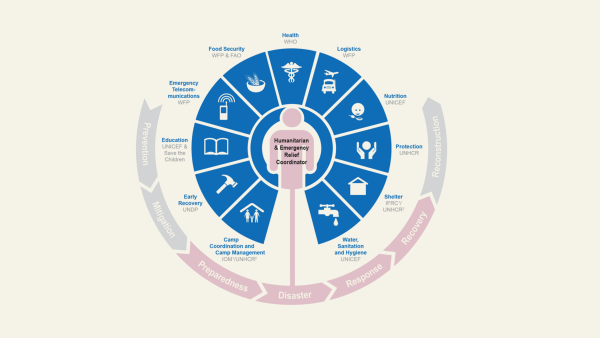
Cluster Approach
Under the Cluster Approach established in 2005, the International Organization for Migration (IOM) and the United Nations High Commissioner for Refugees (UNHCR) globally co-lead the CCCM Cluster for disaster and conflict-induced IDP situations, respectively.
The Cluster works alongside communities, authorities, and aid providers to ensure that people affected by displacement can access life-saving assistance and protection, as well as identify paths to solutions guided by the Minimum Standards for Camp Management (MSCM).
Communities
Filters
Authorities
Filters
Aid Providers
Filters
The role of the Global Camp Coordination and Camp Management (CCCM) Cluster is twofold:
1.
To coordinate between the various humanitarian actors with regards to all services provided to displaced populations within any communal settings (i.e. camps, informal settlements, collective centres); including working national authorities to support their responsibility to administer such sites through capacity building.
2.
To work with the affected population to ensure representation, on-site governance, and access to information about services provided. It is important to establish two-way communication structures that inform site residents about what is happening and to give the residents the opportunity to both participate in decisions that concern them and provide feedback to humanitarian actors.
